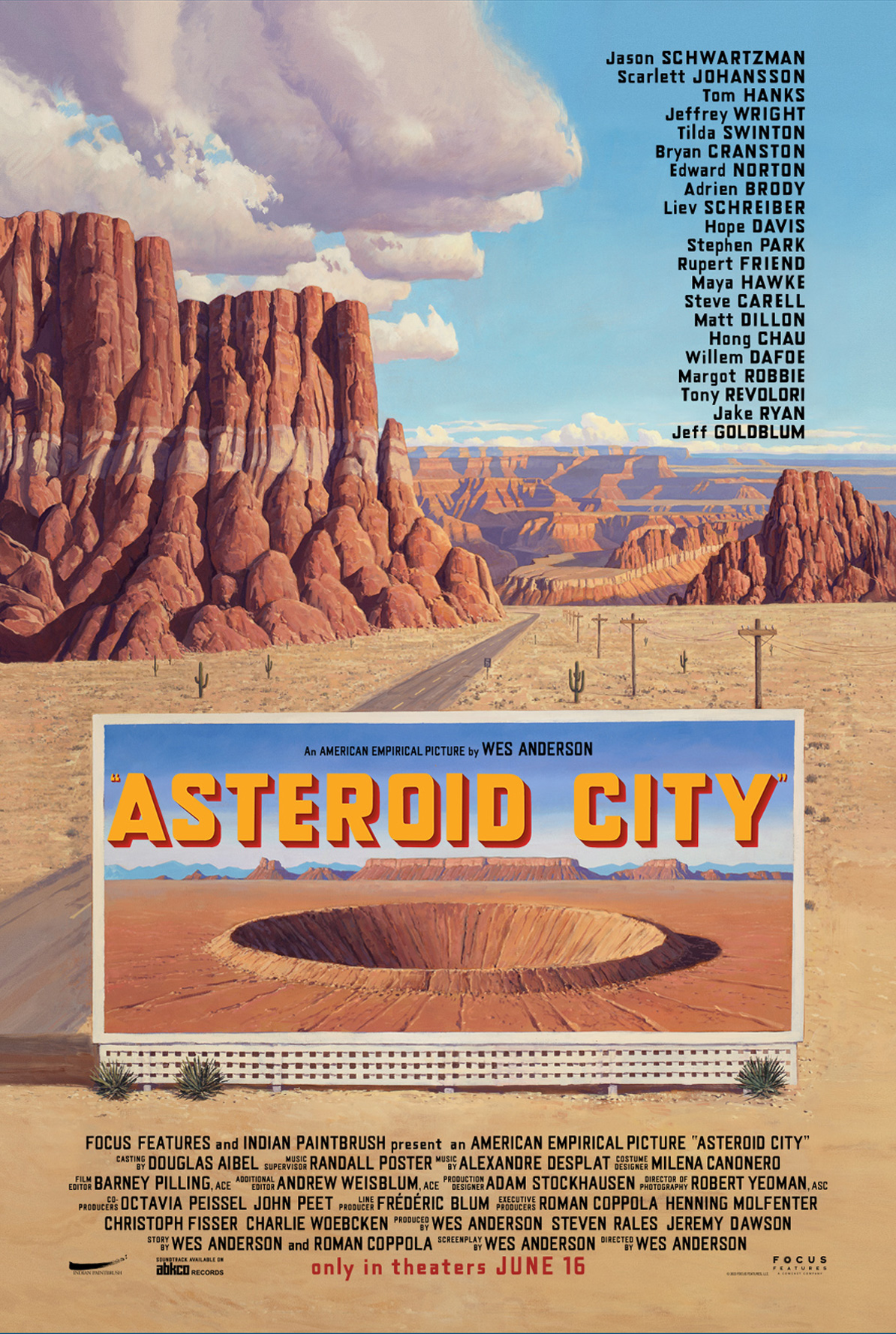If you had to choose a living cultural figure to represent nineteen-seventies America, you could do much worse than Burt Sugarman. He made his name as a television impresario with The Midnight Special, which put on NBC’s airwaves performances by everyone from ABBA to AC/DC, REO Speedwagon to Roxy Music, and War to Weather Report. Breaking with common practice at the time, the show allowed these acts to perform live rather than lip-sync against pre-recorded tracks. Thus, even viewers who tuned in to The Midnight Special to see their favorite bands were guaranteed to hear something they’d never heard before.
They stayed up quite late to do so: The Midnight Special followed The Tonight Show Starring Johnny Carson, which meant that it aired at midnight in the Central and Mountain time zones, and 1:00 in Eastern and Pacific. In 1972, the notion of putting on a music show at that hour was unfamiliar enough that Sugarman had trouble selling it.
He ultimately had to buy the airtime himself in order to convince NBC to pick the show up, which it did soon thereafter. (For the network, the prospect of extending their programming schedule would have been sweetened by the previous year’s Public Health Cigarette Smoking Act, which had banned the once-lucrative airing of tobacco advertisements on television.)
Now, more than half a century after its debut, The Midnight Special has reappeared in the form of a Youtube channel, which features high-quality videos of the show’s original performances. Those uploaded so far have been organized into artist playlists dedicated to acts like the Bee Gees, Fleetwood Mac, Tina Turner, and David Bowie. That last includes Bowie’s rendition of “I Got You Babe” with Marianne Faithfull, seen at the top of this post, as well as his version of The Who’s “I Can’t Explain” above, part of his final performance as his space-alien alter ego Ziggy Stardust — itself originally shot for The 1980 Floor Show in London, which despite its name took place in 1973. The Midnight Special itself would run until 1981, which means that a great deal of music remains to be brought out of Sugarman’s archives for us to enjoy here in the twenty-twenties. You can watch Bowie’s complete 1973 performance on The Midnight Special below.
Related content:
David Bowie Became Ziggy Stardust 48 Years Ago This Week: Watch Original Footage
8 Hours of David Bowie’s Historic 1980 Floor Show: Complete & Uncut Footage
David Bowie’s Final Gig as Ziggy Stardust Documented in 1973 Concert Film
David Bowie Talks and Sings on The Dick Cavett Show (1974)
Watch an Episode of TV-CBGB, the First Rock ‘n’ Roll Sitcom Ever Aired on Cable TV (1981)
Based in Seoul, Colin Marshall writes and broadcasts on cities, language, and culture. His projects include the Substack newsletter Books on Cities, the book The Stateless City: a Walk through 21st-Century Los Angeles and the video series The City in Cinema. Follow him on Twitter at @colinmarshall or on Facebook.



